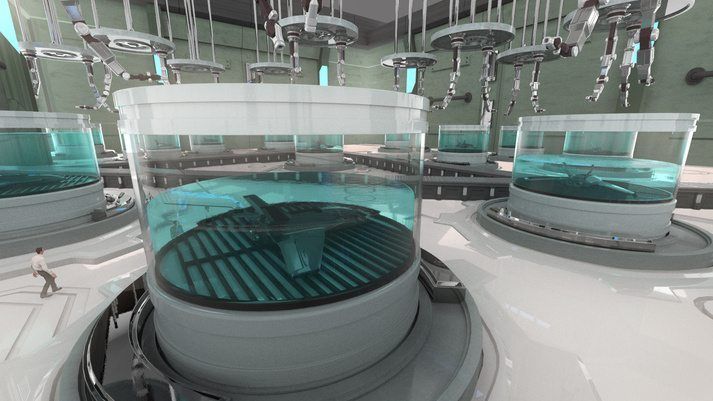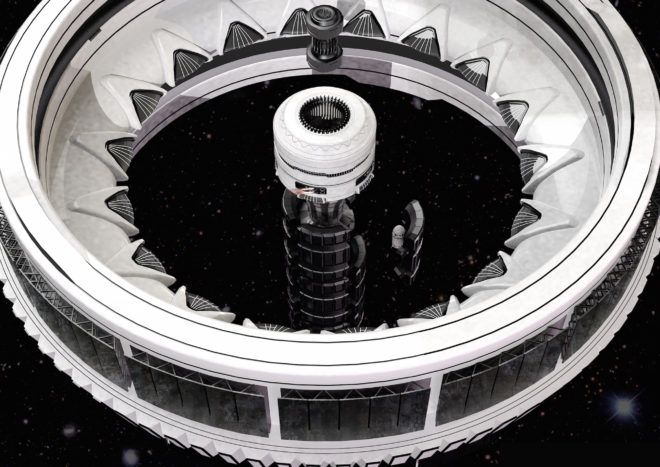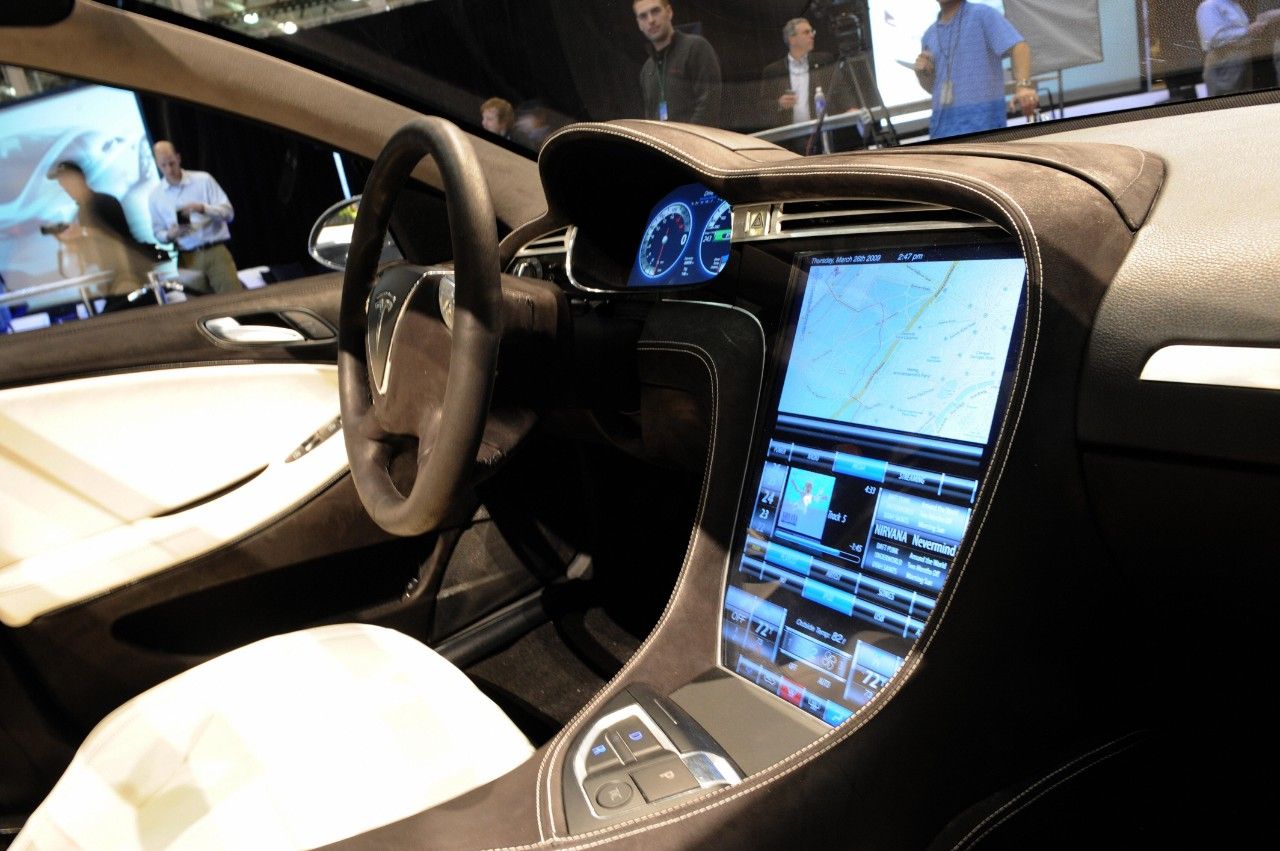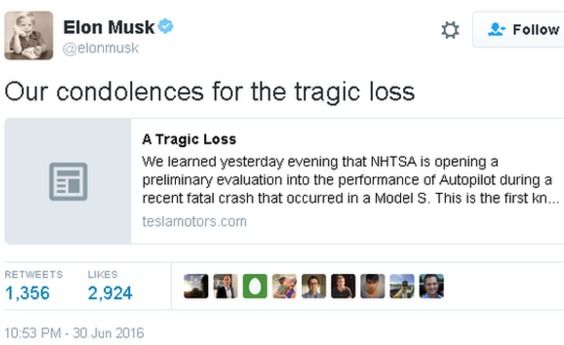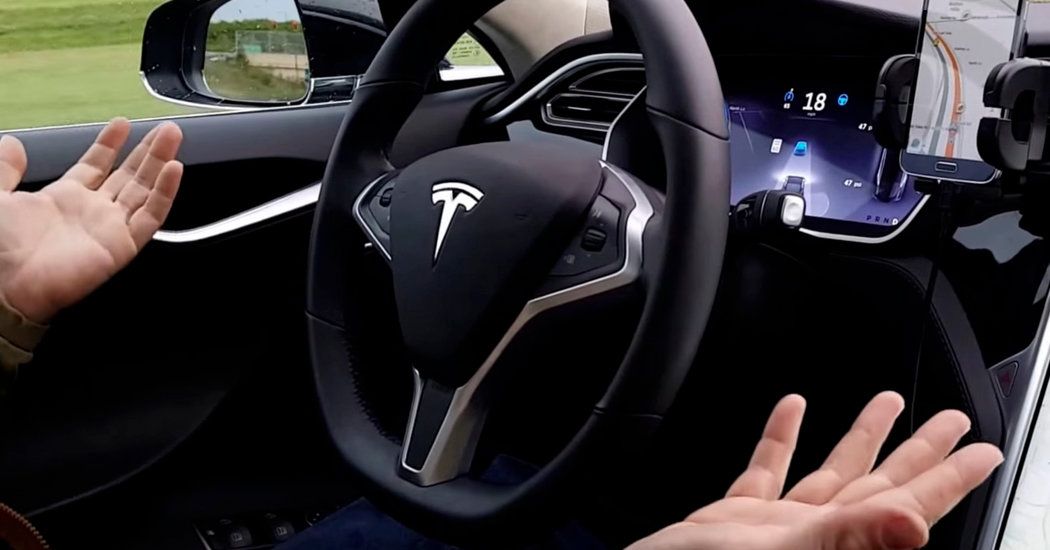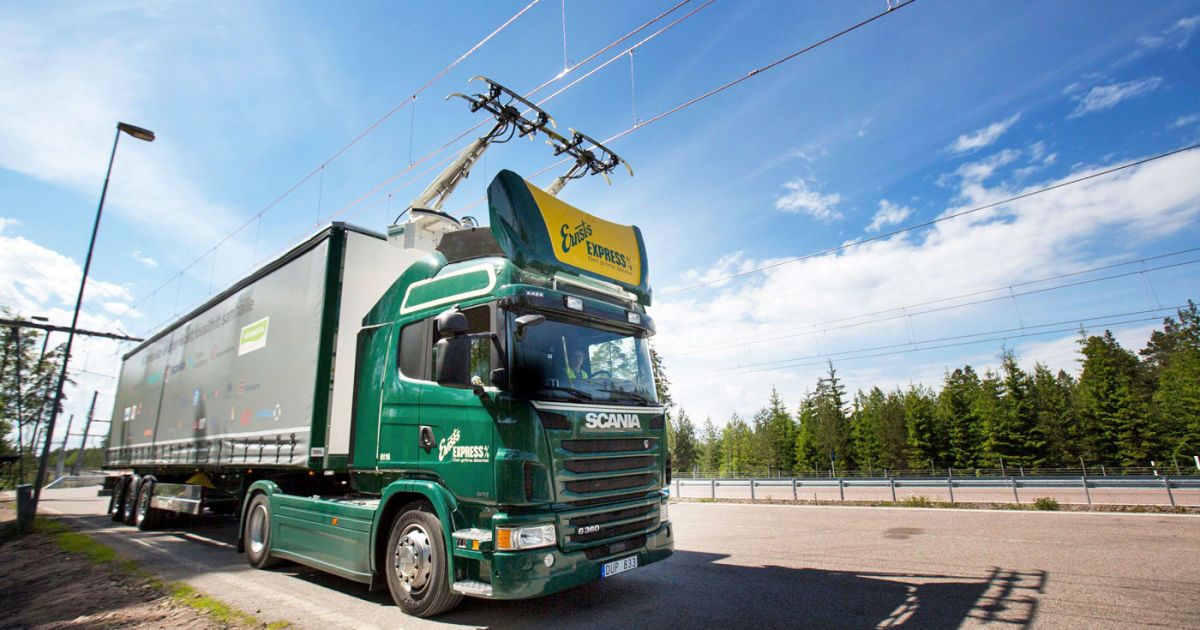BAE systems and a professor at Glasgow University have revealed a way to really grow drones with an advanced form of chemical 3D printing.
The news has already swept the mainstream news sites, even though this is little more than a theoretical exercise right now. Professor Lee Cronin, the man behind the concept, freely admits that he has a mountain to climb to turn this dream into a reality.
The video, then, which depicts a pair of printer heads laying the absolute basics in a vat before the drone literally grows from almost nothing, is really a pipe dream right now.
